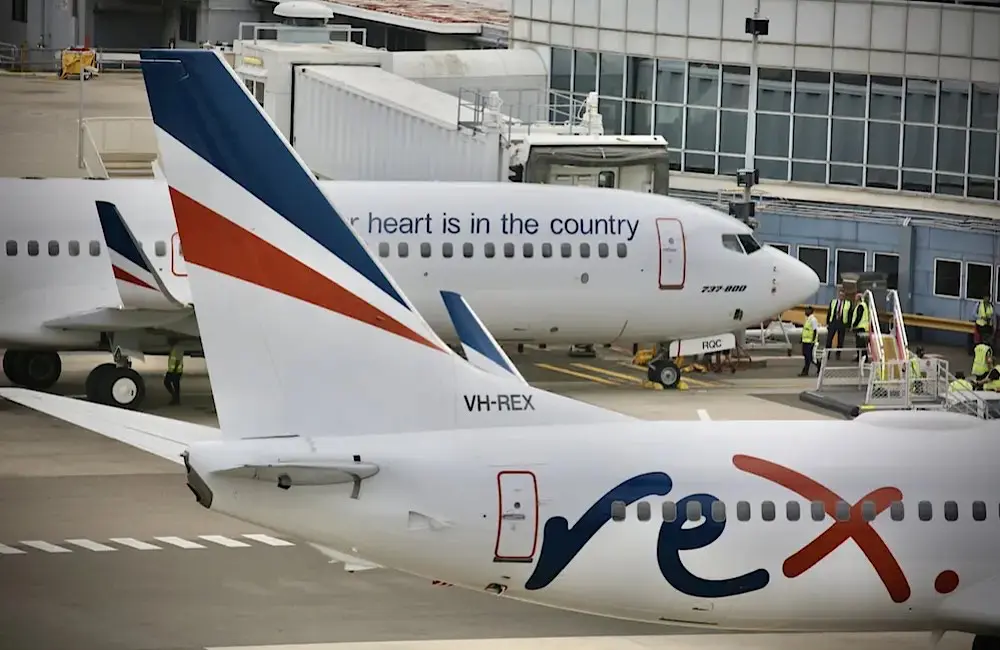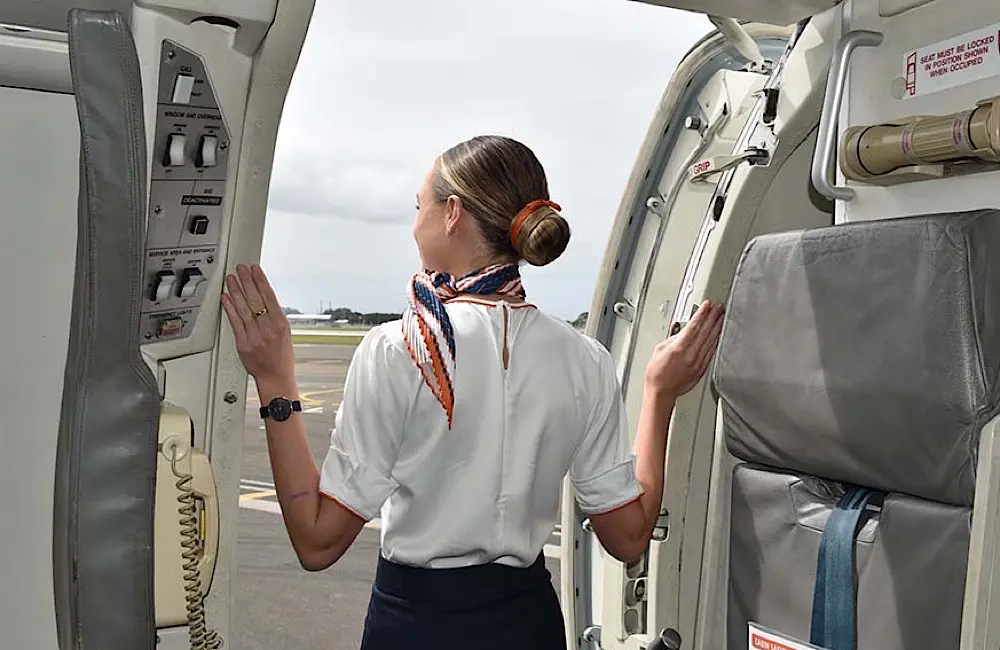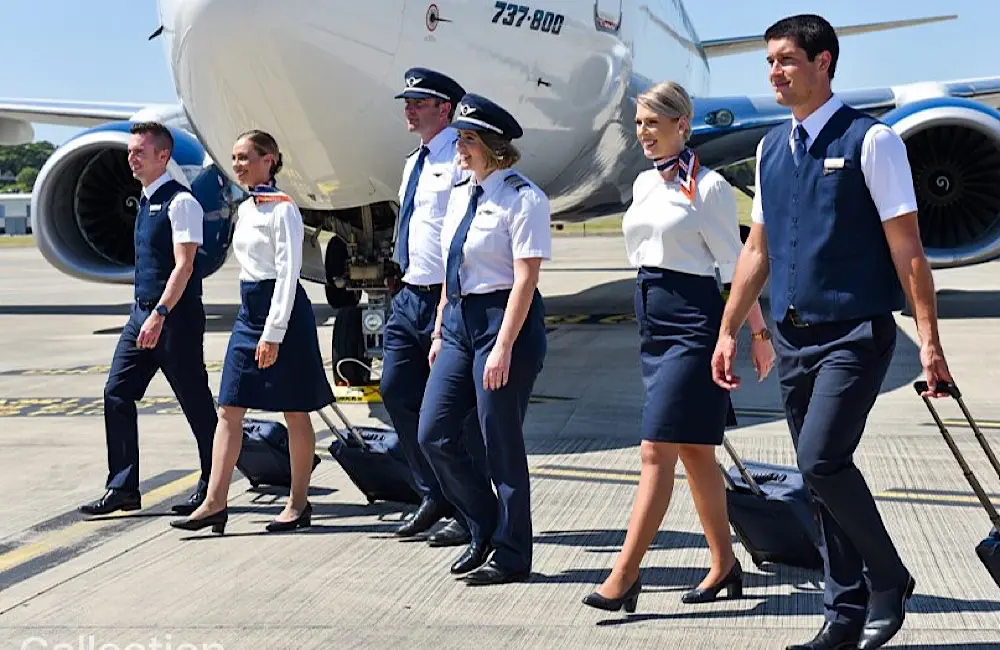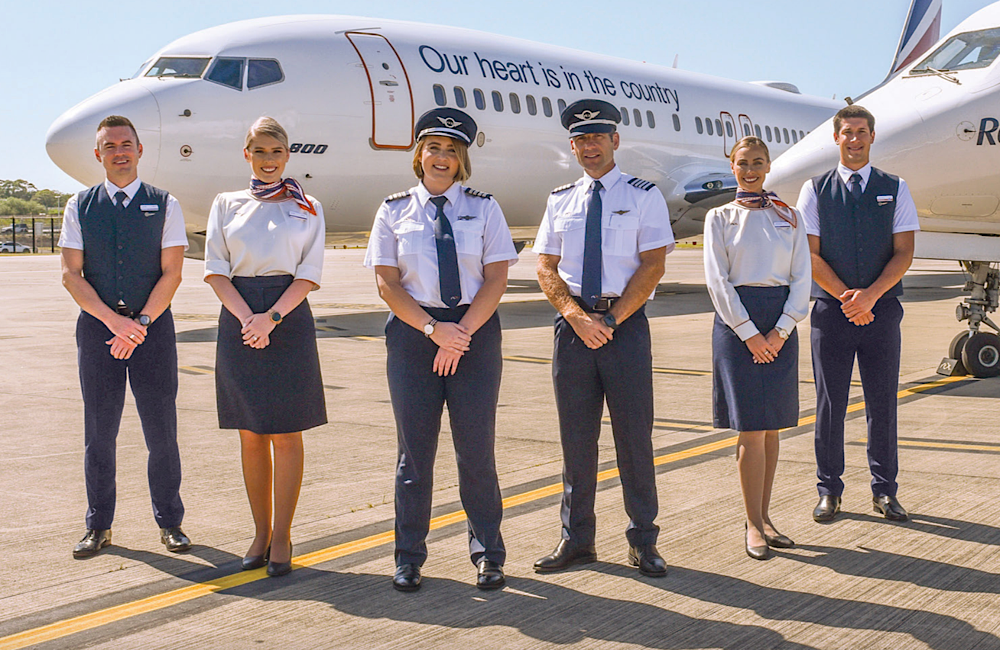The Australian Government has outlined the terms of its financing support for Air T’s proposal to acquire and recapitalise Rex, confirming a structure designed to stabilise regional aviation connectivity while retaining strong Commonwealth protections.
The Albanese Government has announced the commercial financing support it will provide to the Administrators of Rex in relation to Air T, Inc.’s bid to acquire the airline. The support package includes the restructuring of approximately $90 million of existing debt and a new commercial loan of up to $60 million.
The proposal will supplement Air T’s proposed $50 million investment into Rex’s recapitalisation and forms the basis of the Government’s plan to help preserve essential regional capacity.
What the financing structure includes
The Australian Government will carry forward the existing Rex debt on terms that allow for repayment through a profit sharing arrangement. The Government will retain first ranking security over Rex’s Saab fleet and simulator to safeguard taxpayer investment.
Through the commercial loan facility, up to $60 million will be made available to complete the engine care and maintenance program, restore more Saab aircraft to service and provide some general liquidity.
This financing structure will be conditional on ongoing reporting and governance requirements being met, including independent directors joining the Rex Board.

Air T commitments and strategic intent
Air T has committed to its best efforts in delivering a turnaround plan that stabilises and improves the airline’s operational and financial performance.
Under the proposal, Air T publicly states its intention to retain the existing Rex management team and to recruit additional pilots and engineers as more aircraft return to service.
Air T has also agreed to increase the number of aircraft in service over time from approximately 30 today to 44 and increase the frequency of profitable flights across Rex’s network.
The proposal also includes a commitment to engage with relevant state governments to mitigate risks associated with potential future losses of connectivity for communities that rely solely on Rex.
The Australian Government will vote in support of Air T’s proposal at the Second Meeting of Creditors.
Regional airport support program
The Government has also announced a new support program capped at $5 million for regional and remote airports that are unsecured creditors to Rex and who supported the airline through the voluntary administration process.
Funding eligibility will be based on the amount owed to the airport when Rex entered voluntary administration. The sums owed range between $45,000 and $650,000.
The Australian Airports Association (AAA) has welcomed the announcement. AAA CEO Simon Westaway said: “This is wonderful news for our regional and remote airports. We thank the Federal Government for launching this program and providing vital support to regional and remote airports that supported Rex during challenging times.”
He said the announcement recognises the importance of regional airports across the transport network and the communities they support.

Implications for regional aviation stability
The combined financing support, recapitalisation and fleet return structure signals a distinct approach to preserving regional aviation connectivity in Australia.
The reliance many communities have on Rex for air access means the stability of this airline has broader economic significance. The Government’s structure demonstrates the way future distressed carrier interventions could be shaped, with direct protections attached to capacity and service commitments rather than pure commercial autonomy.
The aviation sector has been watching the process closely due to the structural precedent it may set. The framework of retaining security, attaching operational commitments to funding and including reporting obligations could influence how public finance is applied in future aviation distress events.
The proposal also aligns with the broader direction outlined in the Aviation White Paper and the extension of the Regional Airports Program in the 2024-25 Budget, which added a further $40 million across two funding rounds.
The Government has stated its objective is to ensure regional and remote aviation benefits are equitably shared and protected.
Next steps
The Administrators will continue to assess the bid with all creditor interests in scope. The Australian Government has confirmed that a vote in support of Air T’s proposal will occur at the Second Meeting of Creditors.
The Government’s factsheet on the proposal outlines the detail of both the structural framework and program arrangements.
Commercial implications for the travel trade
These arrangements will be closely watched across the travel trade because the structure reflects a commercially conditional form of aviation support linked to operational commitments rather than a purely financial transfer. For wholesalers, tour operators and TMCs that rely on stable regional aviation supply, the potential for more Saab aircraft returning to active service could help support itinerary certainty and forward planning confidence.
As capacity returns, the travel trade will be able to plan with greater clarity when building packages and series programs. Maintaining continuity of access is positioned as a priority through the security protections embedded into the structure.

Distribution and contracting visibility
The restoration of fleet capacity and reported frequency increases would allow distribution partners to model stronger forward availability. The ability for the industry to lock in series, contract seasonal blocks and maintain regional product continuity depends on aircraft being physically available.
The structure supports the possibility of more predictable capacity inputs for regional contracting, particularly in markets where Rex remains the sole commercial operator. The reporting requirements attached to the financing will allow the Australian Government to maintain visibility over the operational delivery of the commitments, which may also assist in stabilising confidence across commercial contracting cycles.
Travel distributors depend on confidence in route continuity when locking in future season risk. The conditionality attached to this support mechanism is directly linked to ongoing operational delivery. This protects capacity continuity, which is central to securing future selling windows across regional markets.
Pricing and yield context
Pricing dynamics also become relevant to the wider Australian regional aviation sector as more aircraft return to service. Higher available capacity has the potential to influence market yield behaviour over time, especially on routes where regional capacity is structurally thin.
The return of additional aircraft could eventually support more rational pricing conditions for the travel trade through the restoration of more balanced supply. While the final impact will depend on commercial decisions, the structure of this support package is designed to materially increase the number of Saab aircraft in operation.
This may stabilise future fare modelling inputs across the travel trade by reducing exposure to sharp capacity fluctuations.
Why the structure matters
The design of this financing proposal attaches Government exposure to passenger access outcomes rather than providing direct subsidy without operational commitments. This is significant for the travel trade because it reinforces the principle that public intervention in distressed aviation scenarios can be structured to protect connectivity as a priority.
The structure could inform future approaches to aviation intervention that remain focused on protecting capacity and continuity in regional markets. The Government’s confirmation of support reflects that regional connectivity is considered a national economic priority rather than a purely commercial outcome.
Future decision points will continue to occur through the formal voluntary administration process and creditor voting structure. The vote at the Second Meeting of Creditors will determine whether this acquisition process advances.
KARRYON UNPACKS: This bid matters because it directly protects essential air links that trade rely on to keep regional commercial itineraries viable and bookable. The Government’s structure signals a stable intent to preserve future regional connectivity.





